As Godzilla tramples Tokyo and San Francisco on the big screen, we forget the giant animals that trampled their way through America’s remote past.
Although most were not as tall as Godzilla or Mothra, these beasts would be very menacing by today’s standards and may have struck fear into the hearts of early humans.
Basilosaurus
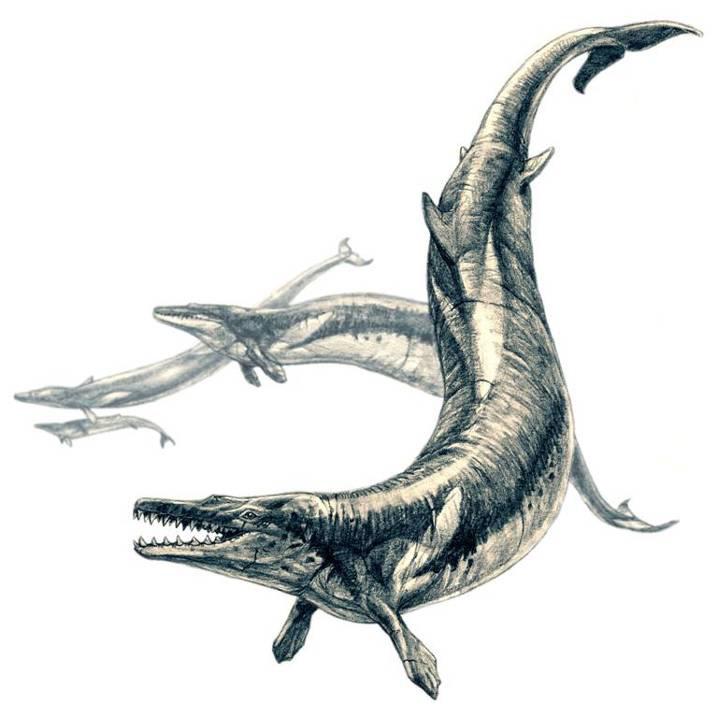
An illustration of the basilosaurus. (Pavel Riha)
One great American beast was the basilosaurus, or “king lizard” in Greek. It’s an inaccurate name, since the basilosaurus isn’t a lizard at all. It is really a giant whale measuring approximately 60 feet in length. This mammal would have traversed the oceans around America eating fish and squid. This giant lived 35 million to 40 million years ago in a period known as the middle-Eocene period.
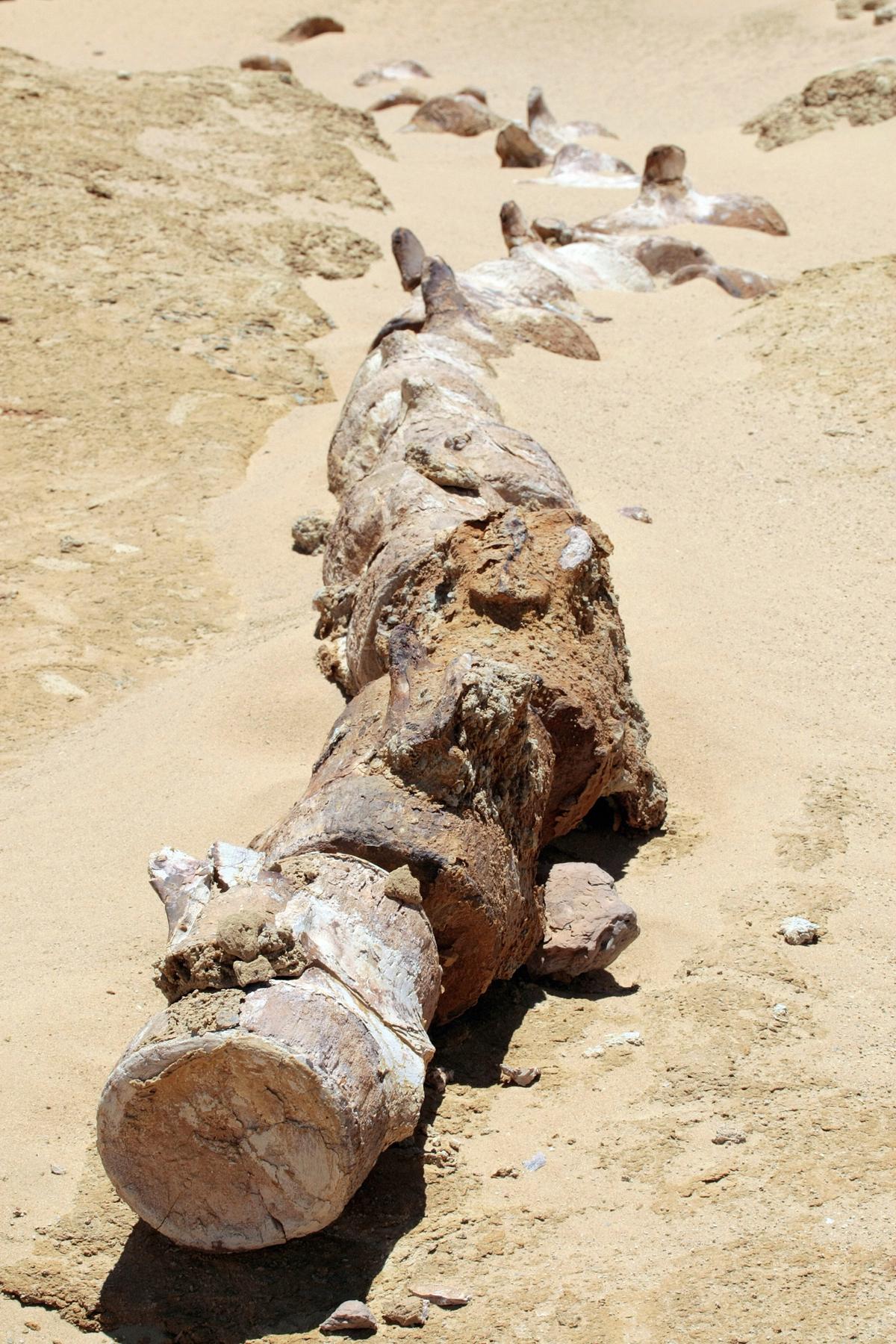
Remains of Basilosaurus isis, an early mammal dating from 40 million years ago lies on the desert pavement of Wadi El-Hutan, about 60 miles south of Cairo, Egypt. These creatures were also found in the waters around America. (Cris Bournocle/AFP/Getty Images)
Giant Horned Face, A.K.A. Thunder Beast
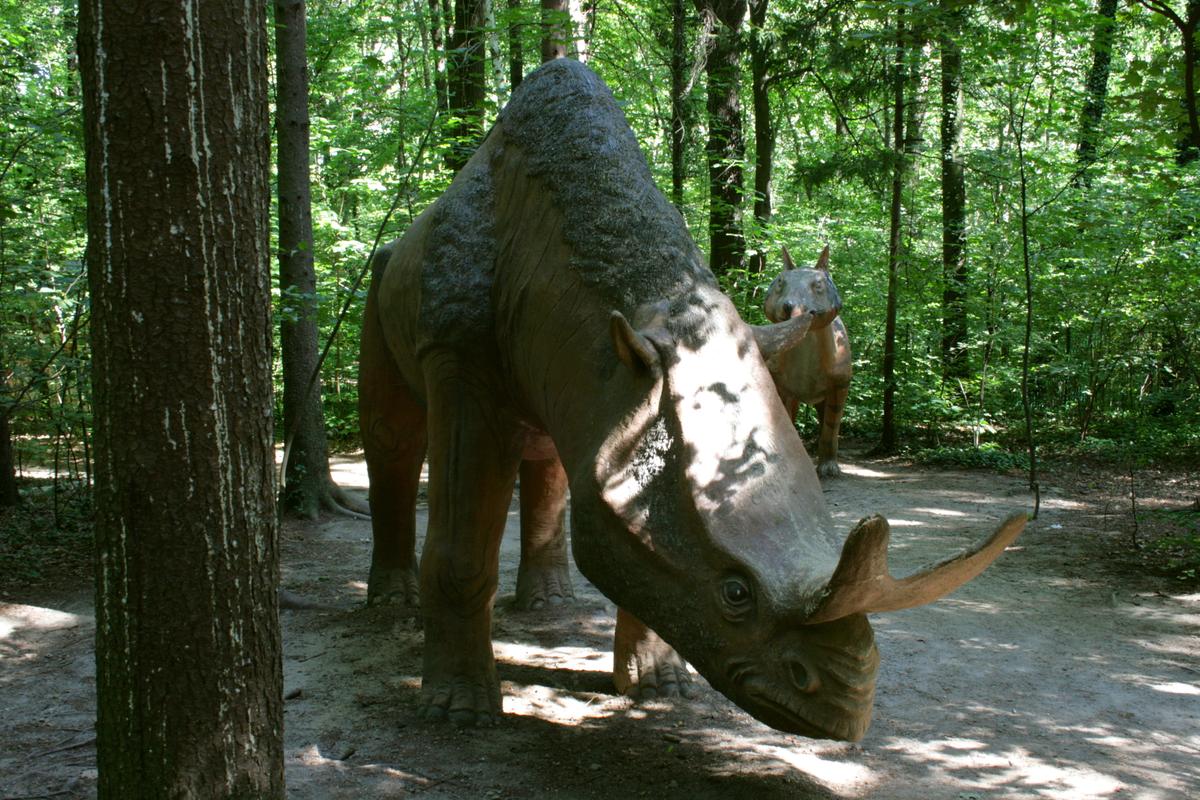
A replica of the megacerops. (Frank Vincentz/Wikimedia Commons)
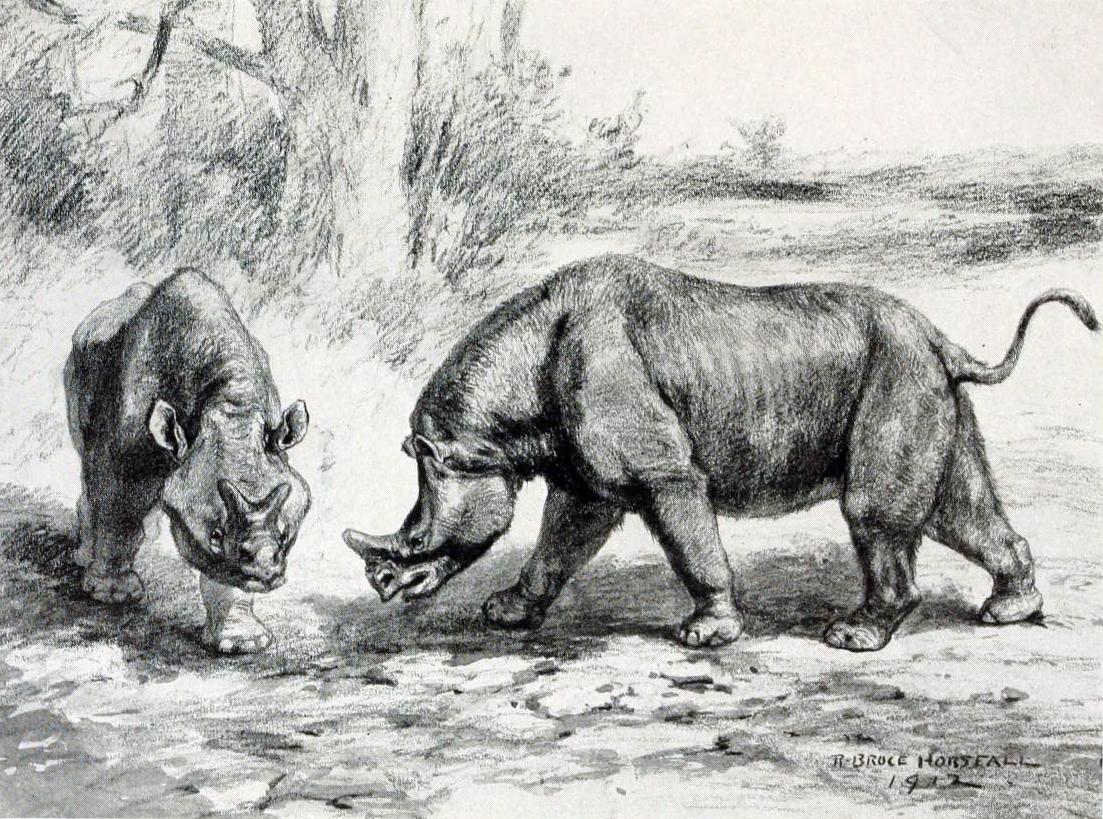
A replica of the megacerops. (Robert Bruce Horsfall/Wikimedia Commons)
Another menacing mammal, the megacerops (meaning “giant horned face”), has had many names over the years, including brontotherium (thunder beast), brontops, and titanops. It was similar in appearance to the rhinoceros, but roamed over the plains of North America until about 30 million years ago. It was usually about 16 feet long and fed mostly on plants.
Plioplatecarpus
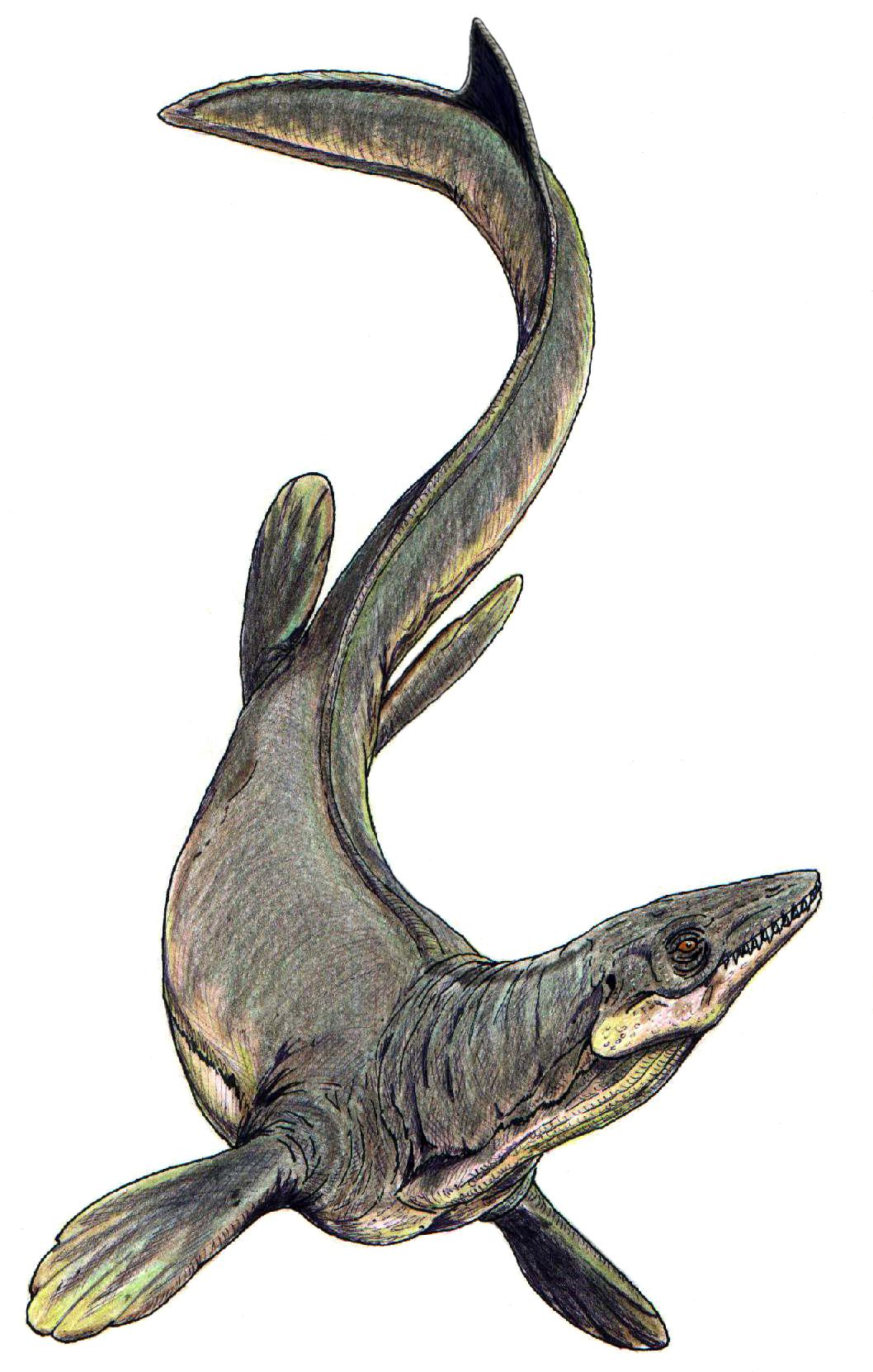
An illustration of the plioplatecarpus. (Dmitry Bogdanov/Wikimedia Commons)
The plioplatecarpus, also known as mosasaur, lived in the North Dakota area when that area was still covered with ocean water, until about 65 million years ago. It became extinct at about the same time as the dinosaurs. These creatures were not dinosaurs, but were giant seafaring lizards similar in appearance to many illustrations of the Loch Ness monster of legend. It had a long muzzle with rows of teeth and stretched nearly 40 feet in length.
Dire Wolf
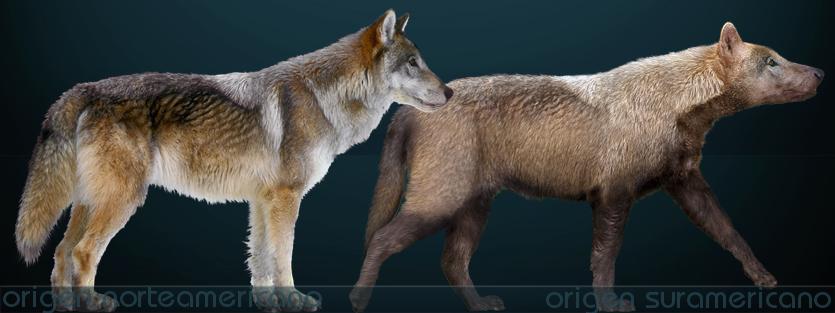
Reconstructions of Canis dirus, one of South-American origin and the other of North American origin. (Wikimedia Commons)
Reconstructions of Canis dirus, one of South-American origin and the other of North American origin. (Wikimedia Commons)
At about 5 feet long, and weighing up to about 200 pounds, the dire wolf (Canis dirus) lived throughout America. The wolf may have even been an enemy to the famous sabre-toothed tiger as both lived at the same time, and remains of both were found together in the La Brea Tar Pits of Los Angeles, according to The Dire Wolf Project. The first remains were discovered in Evansville, Ind., in 1854. The dire wolf was not exactly a giant when compared with some other animals of the time, but it was stockier than the modern wolf. It probably went extinct about 10,000 years ago.
An American Sloth, Tall Bird, and Croc-Like Animal
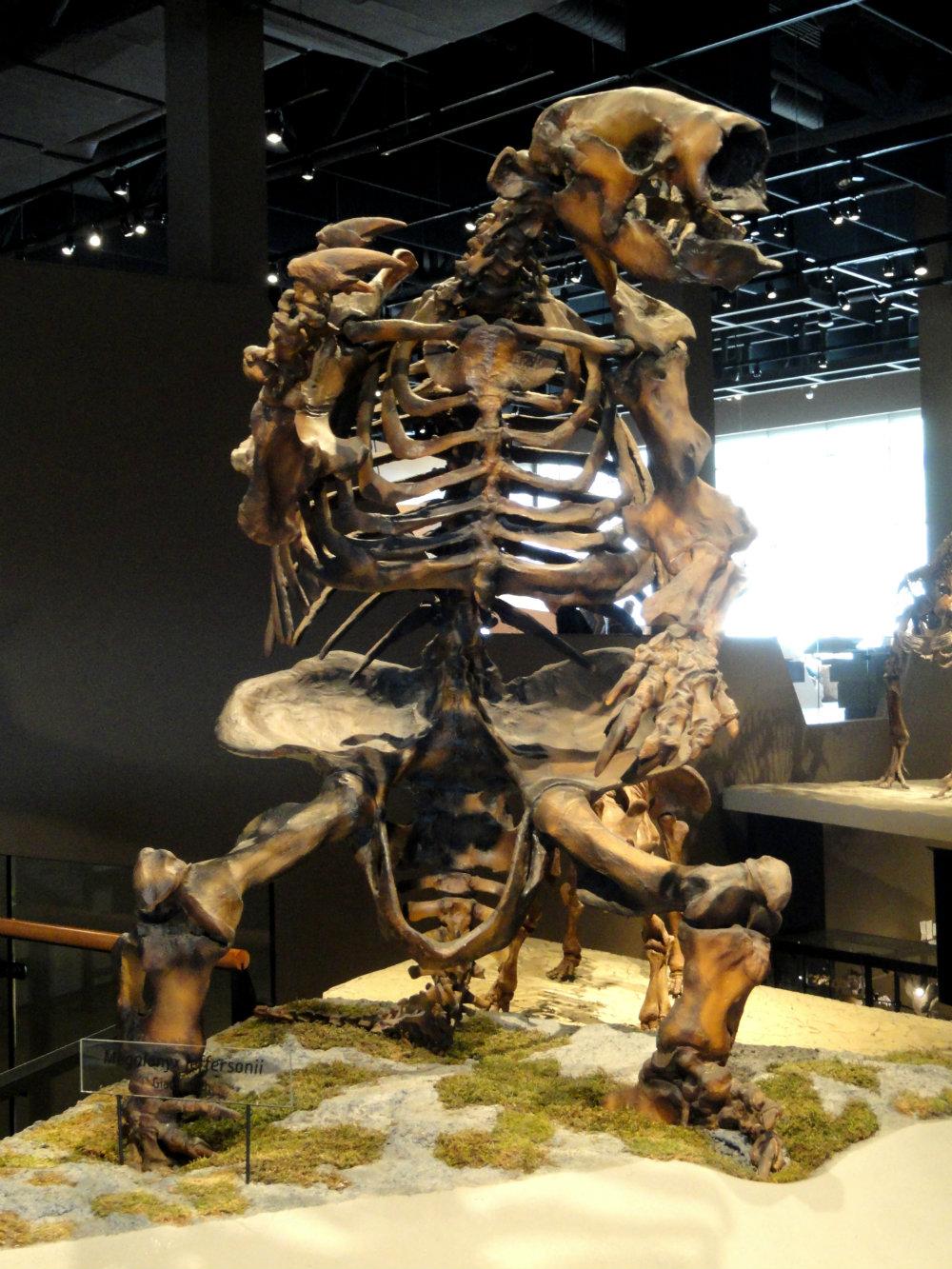
Fossil specimen in the Natural History Museum of Utah, Salt Lake City, Utah, USA. (Wikimedia Commons)
Other honorable mentions include the hesperornis, a giant American bird standing over 5 feet tall with rows of teeth, which lived during the Cretaceous Period (about 145 million to 65 million years ago); Champsosaurus gigas, a 10-foot-long crocodile-like animal that went extinct about 60 million years ago that lived in the waters of the Dakotas; and lastly, the Megalonyx jeffersonii, or giant ground sloth. At full growth it’s believed to have been about the size of an ox and probably became extinct about 9,400 years ago, according to the Yukon Beringia Interpretive Centre.
Woolly Mammoth
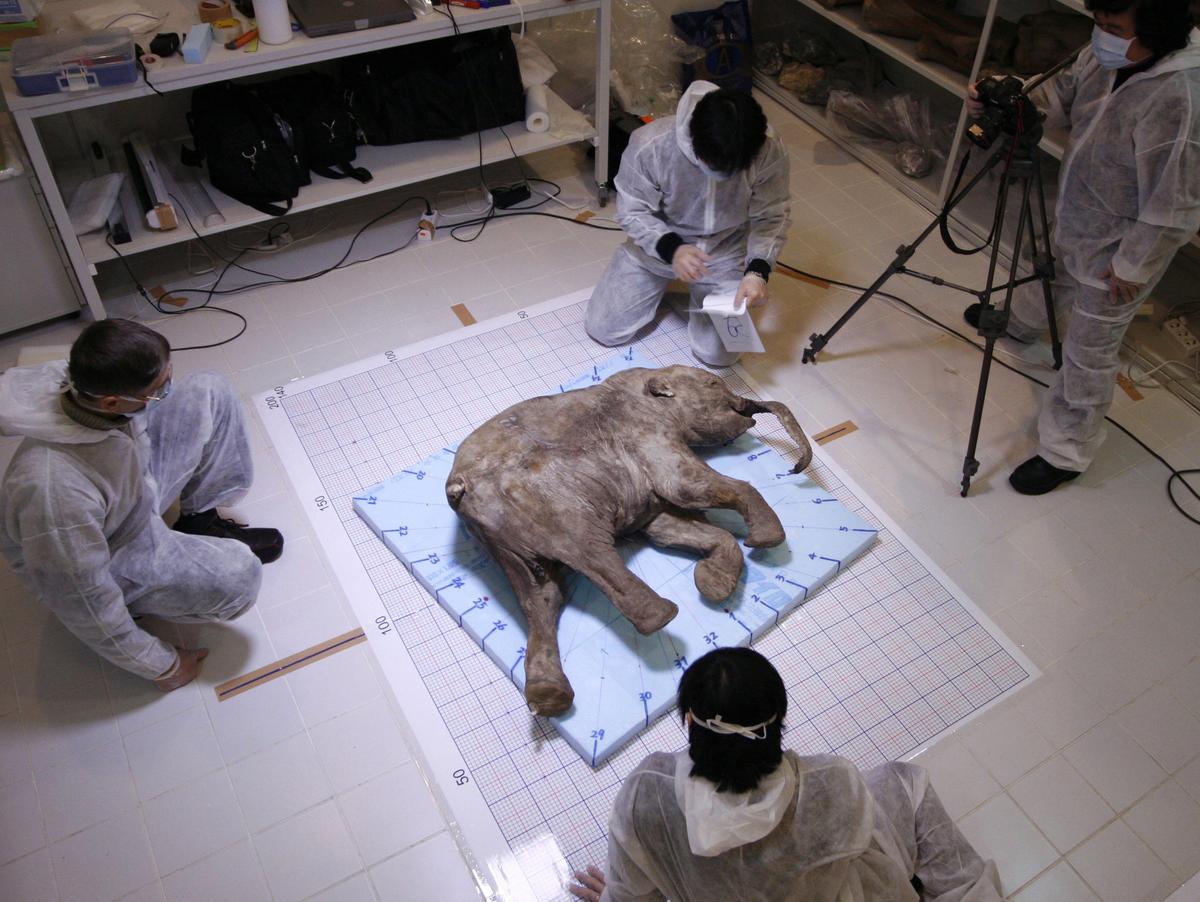
In 2009, an international team of scientists perform an autopsy and DNA analysis on Lyuba, an incredibly well preserved woolly mammoth who died approximately 40,000 years ago in Siberia. (Ria Novosti/AFP/Getty Images)
Of course, most people are familiar with the Wooly Mammoth as well (Mammuthus primigenius), which were about the size of today’s elephants but had camel-like humps on their shoulders, long woolly hair, and huge curved tusks. Although this beast was very large, it wasn’t very menacing, as it probably grazed on grasses through Eurasia and America’s landscape.
The wooly mammoth is depicted in prehistoric cave drawings and is currently believed to have been hunted to extinction by early humans about 10,000 years ago. However, as complete wooly mammoths have been found preserved in ice, many scientists consider the wooly mammoth a strong candidate for cloning, as enough genetic material exists to put together a complete genome.



